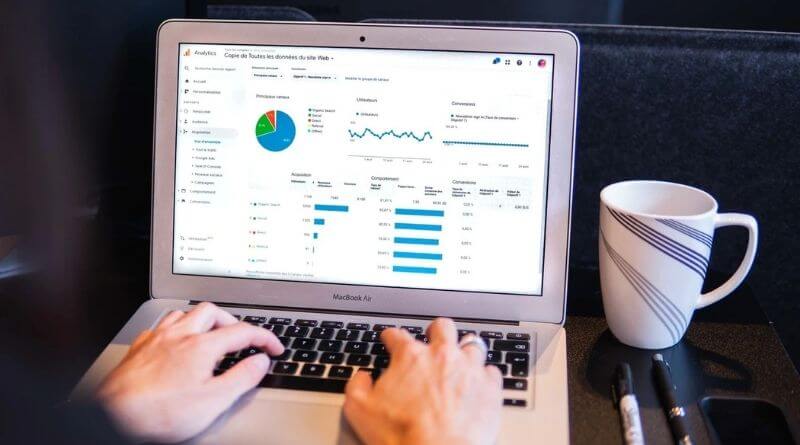Search engine optimization (SEO) doesn’t have to be complicated. A website doesn’t need complex solutions for an outstanding search engine results page (SERP) ranking. Similar to real-life problems, one must first turn inwardly to find answers to the perennial question ‘how to increase web traffic’ before diving into the external factors.
You can focus on on-page SEO to begin upping your ranking and site performance. An audit can be a long process but a worthwhile process that is geared toward the goal of increasing web traffic organically. Fortunately, there’s always a way to hack the algorithm. Below are ten must-do on-page hacks to try out.
-
Include the main keyword in the title tag
There are two valid explanations why the important or your chosen keywords must be in the title tag. First, it helps the search engine determine what is on the page. The unique combination of words gives the page identity and allows the users to recognize what’s on it.
Second, using keywords in the title tag will raise the page’s SERP ranking. The same goes when the keyword is in the meta description and H1 tag. There’s a correlation between keywords in the title tag and Google rankings. Still, keep the keyword to a minimum and only include one H1 and description per page.
-
Capture users’ attention through titles
Write exceptional titles that are irresistible to users. Make it compelling. Evoke their interest and trigger emotions to ensure clicks on your posts. You can learn from the viral sites on Facebook and other social media platforms. Observe how they engage their audiences if you need ideas. These accounts are banking on their high click-through rates (CTR).
The CTR is a gauge of how your keywords and ads perform. You can use the keywords with high CTRs to reach a wider audience. To enhance your CTR in an industry that does the same thing, try something new. Invent a catchphrase or consider anchoring your title to a new tune to get those clicks.
-
Influence CTR by avoiding meta tag truncation
Speaking of CTR and tags, title tags are only around 512px, while meta descriptions must be almost 923px at maximum to avoid truncation. Also, it’s best to keep title tags less than 55 characters while meta descriptions must be less than 155.
-
Sell content by putting a descriptive meta description
Think of it as your advert in the search results. Other than the title, write a unique and enticing meta description for each page on your site. The description must communicate value and enhance the CTR.
Try applying different meta description formats and observe which results in the best CTR. E-Commerce, for example, may benefit from the product description and price placement. Continue testing and applying the changes until you discover which best fits your website.
-
Utilize “intent” keywords to titles
This is especially useful for e-commerce websites to drive the highest sales volumes possible. Including intent, keywords help you discover users on their buying stage. Adding words like “buy,” “sale of,” “purchase,” and so on to titles will help you catch these prospects. Moreover, it gives you a picture of your data and the behavior of your users. For example, you can identify the seasonal items or the most popular content on your site.
-
Prioritize publishing relevant and evergreen content
When people visit your site, they must find what they need as soon as they enter the website. For one, the title must be visible without having to scroll. You must minimize using elements that take the attention away from the content. Some examples are 1) heavy ads above the fold, 2) unnecessary pop-ups, and 3) interstitial ads.
-
Put descriptive alt text to images
Typical user behavior is starting their research on Google rather than the regular search method. The method is valid for the end-user but not so much for your website. It’s because Google cannot still describe a particular image. So you have to tell it somehow for crawlability.
The alt text helps the search algorithm make sense of the image and add it to its index. In addition, descriptive phrases and words on the image make it likely to show up in the results. Using descriptive file names is another method to tell Google what is in the photo.
Include these seven doable hacks the next time you do an on-page SEO audit. Search engines and their algorithms update now and then. Thus, websites must utilize their tools and, if needed, ask the help of an SEO specialist to optimize content, images, and texts, and other on-page elements.









